The popularization of unmanned driving will reduce the incidence of traffic accidents by more than 90%, and the driving environment will be safer and smoother. The unbinding between the vehicle and the driver allows the disabled, such as those who cannot drive and are inconvenient to learn to drive, to travel autonomously. In addition, not only will the concept of cars be rewritten with the popularization of unmanned driving, the travel service market will also undergo even more earth-shaking changes.
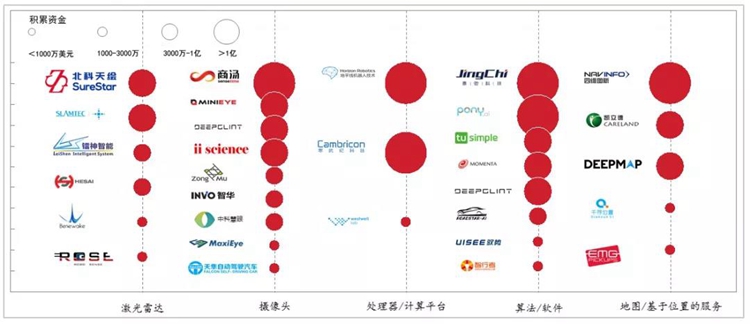
How many steps are there from autonomous driving to unmanned driving?
From a numerical point of view, the expected market space for future travel services is enough to drive players on the track crazy. But for the time being, autonomous driving still needs many efforts to evolve into true driverless driving and mature and popularize, so that this $60 billion "cake" can be seen and eaten.
There are two thresholds that must be crossed on the road to the realization of unmanned driving: cost and safety.
The high cost of autonomous driving systems has long been the biggest bottleneck affecting its development. As early as 1984, DARPA began research on autonomous driving technology, but exploratory research and development that did not take costs into account was destined to not enter the commercial field. It is not until today, 37 years later, that the L3 self-driving car has reached mass production. As for L5 level "true driverless cars", according to McKinsey's survey, only 27% of the survey respondents believe that the cost problem will be solved by 2025 and mass production will be realized.
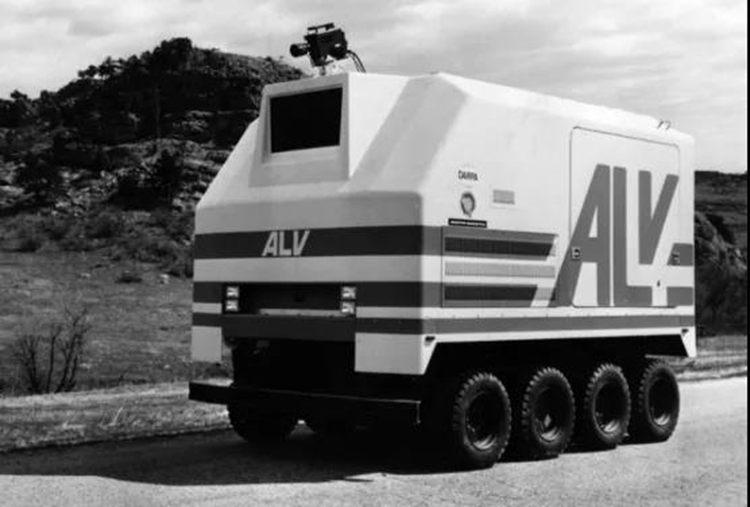
DARPA (US Department of Defense Advanced Research Projects Agency) Autonomous Driving Technology Demonstration Vehicle
Perceived performance, reliability and safety are another major bottleneck in the promotion of autonomous driving technology. Unmanned driving will completely replace manual intervention, which naturally places extremely high requirements on its reliability and safety. If you want to achieve true unmanned driving, each component of the autonomous driving system must continue to iteratively evolve to achieve a performance that completely replaces and far exceeds manual labor.
In terms of hardware, among the various sensors required by the autonomous driving system, lidar has the best sensing performance. By emitting and receiving high-frequency lasers, lidar quickly acquires a large amount of position point information within the detection range, and performs three-dimensional modeling through a point cloud composed of position points to obtain information such as the distance, shape, contour, and movement speed of the object in the target area.

Schematic diagram of the working principle of lidar
The reflectivity of laser signals between different substances is different. Lidar can accurately distinguish obstacles with different materials in the detection range without very complicated supporting algorithms. Compared with the logic of visual perception to judge objects by color, the perception accuracy is greatly improved.
Based on the above advantages, lidar is widely recognized by the industry as the essential core sensor for high-end autonomous driving. Before that, lidar has been widely used outside of passenger cars, from the ferry vehicles and unmanned logistics vehicles in the scenic spots, to the sweeping robots and the guiding and receiving robots, Lidar can be seen in their bodies.
At present, lidar has become the standard configuration for most of the sensing systems of various autonomous vehicles and unmanned vehicles that are mass-produced, will be mass-produced, are being tested and even are still in PPT. The lidar industry also started explosive growth at a time when autonomous driving was in the ascendant.
How Lidar Knocked the Door of Autonomous Driving
Relying on the evolutionary breakthroughs in recent years, domestic and foreign Lidar manufacturers have successively produced LiDAR products that are expected to open the "door of unmanned driving." For example, C-Fans-256, an image-level ultra-high-resolution solid-state lidar released by
From 2007 to 2017, the Chinese passenger car market grew at an annual rate of 16%, and its share of the global passenger car market also increased from 9% in 2007 to 30% in 2017. China has now become the world's largest vehicle and travel service market, and it is likely to become the world's largest autonomous driving market in the future. Whether it is a car company or a travel service player, it wants to enjoy the broad future of unmanned driving. For more cakes, Lidar products such as Surestar C-Fans-256 are indispensable.
Only such products that have outstanding performance, comply with vehicle regulations and are no longer costly, are the keys to real unmanned driving. Moreover, the significance of the popularization of unmanned driving is far more than creating one or more trillion-level racetracks, but also that it can liberate each of us from the position of "driver", so that the car is no longer just a car. It is a veritable living space.
not long ago, is the world's first 256-line car-gauge solid-state lidar.
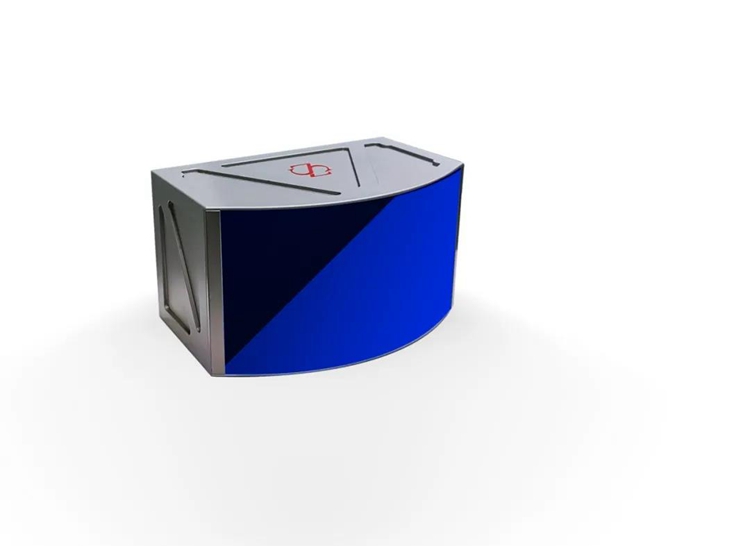
C-Fans-256
Lidar, known as the "eye of autonomous driving", has also become the "Mr. Key" among the various sensors required by the autonomous driving system, which can play an irreplaceable and important role in solving problems such as cost, performance, safety and reliability. .
C-Fans-256 has a resolution of 0.1°x0.1°, can accurately capture pedestrians and vehicles at a distance of 200m, and can easily realize large-scale and long-distance area monitoring. Compared with human eyesight, even millimeter-wave radar and other environmental monitoring sensors, they are more "observant." With its omni-directional scanning field of view, the vehicle can keep abreast of the surrounding road conditions during driving. For difficult driving scenarios such as unprotected left turns, it can take good care of the vehicles or pedestrians on the right.
With the powerful ability to capture abnormal events given by the action camera-level ultra-high frame rate, C-Fans-256 can calmly respond to emergencies that require high-speed emergency brakes, ghost probes, etc., which have a very short processing time and Even sudden situations that exceed the limits of human physiological functions, C-Fans-256 can deal with it calmly and easily.
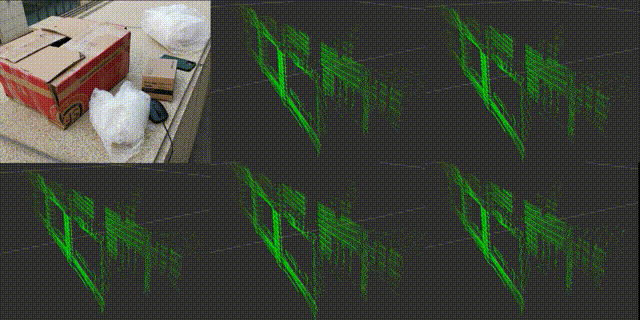
C-Fans-256 Capability Test of Small-Volume High-altitude Parabolic Capture
The 8bit gray-scale resolution allows C-Fans-256 to realize clear identification of lanes all-weather, whether it is late at night without street lights or at dusk with haze.
C-Fans-256 also achieves lower power consumption than household ceiling lights, and has a high vehicle compliance that has passed ISO16750, a total of 9 categories, and a total of 31 tests. It can be used in harsh environments such as severe cold and heat, high temperature and humidity, and rugged bumps. Can work stably and normally. In addition, C-Fans-32, which is the same series as C-Fans-256, is currently the only LiDAR product that has passed “intrinsically safe” certification. Not to mention conventional road driving, even in coal mines and other flammable and explosive high-risk environments, it can operate safely.
Due to the evolution of performance parameters, market demand has increased, effectively sharing the R&D costs of precision optical devices in LiDAR, and the large-volume quotations of LiDAR products on the market have dropped. Successfully independently developed 24 chips in 5 categories and achieved
From 2007 to 2017, the Chinese passenger car market grew at an annual rate of 16%, and its share of the global passenger car market also increased from 9% in 2007 to 30% in 2017. China has now become the world's largest vehicle and travel service market, and it is likely to become the world's largest autonomous driving market in the future. Whether it is a car company or a travel service player, it wants to enjoy the broad future of unmanned driving. For more cakes, Lidar products such as Surestar C-Fans-256 are indispensable.
Only such products that have outstanding performance, comply with vehicle regulations and are no longer costly, are the keys to real unmanned driving. Moreover, the significance of the popularization of unmanned driving is far more than creating one or more trillion-level racetracks, but also that it can liberate each of us from the position of "driver", so that the car is no longer just a car. It is a veritable living space.
, whose core components are completely self-controllable. Naturally, the unit price of C-Fans-256, a car-grade LiDAR product with excellent performance, was given a surprise discount, so that LiDAR is no longer an expensive "few toy".
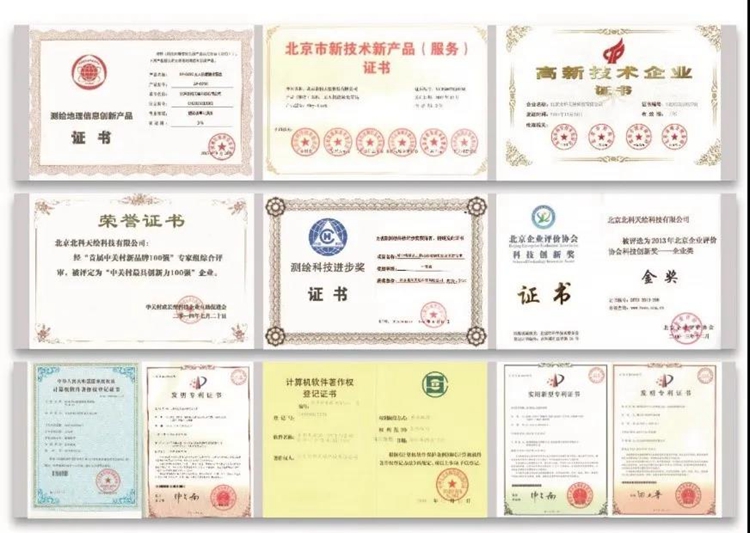
From 2007 to 2017, the Chinese passenger car market grew at an annual rate of 16%, and its share of the global passenger car market also increased from 9% in 2007 to 30% in 2017. China has now become the world's largest vehicle and travel service market, and it is likely to become the world's largest autonomous driving market in the future. Whether it is a car company or a travel service player, it wants to enjoy the broad future of unmanned driving. For more cakes, Lidar products such as Beiketianhui C-Fans-256 are indispensable.
Only such products that have outstanding performance, comply with vehicle regulations and are no longer costly, are the keys to real unmanned driving. Moreover, the significance of the popularization of unmanned driving is far more than creating one or more trillion-level racetracks, but also that it can liberate each of us from the position of "driver", so that the car is no longer just a car. It is a veritable living space.(www.isurestar.net)

